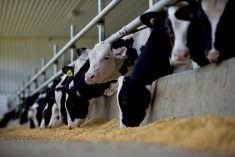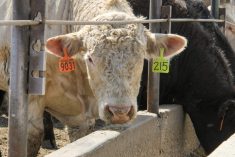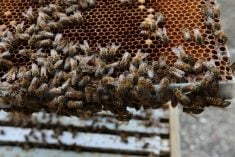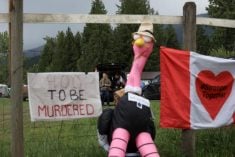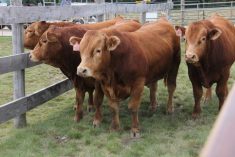Corrected, July 14 — Postmortem testing of a Saskatchewan cattle herd culled after turning up three confirmed cases of bovine tuberculosis (TB) has yielded six more cases.
The Canadian Food Inspection Agency (CFIA), which is tasked with testing the infected herd, said Thursday that as of July 12, a total of eight cases of bovine TB have been confirmed from that herd.
CFIA first reported in late June that tissues from a heifer originating from the Saskatchewan herd were confirmed positive for TB in a PCR test at slaughter in the U.S. in February. That animal isn’t included in the eight cases.
Read Also
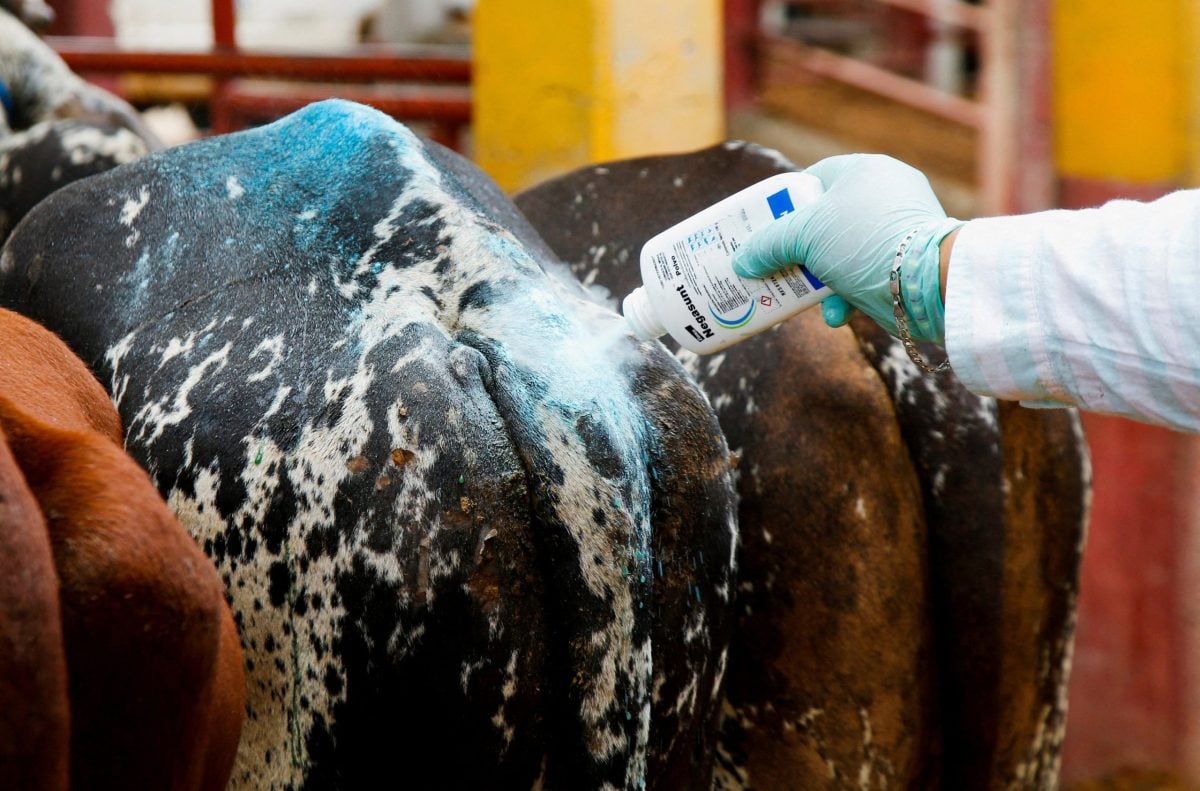
Mexico agriculture secretary says still no date for restarting cattle exports to U.S.
Mexican Agriculture Minister Julio Berdegue said on Wednesday that Mexico and the United States have not yet set a date to resume Mexican cattle exports amid an outbreak of the flesh-eating screwworm parasite.
The animal’s source herd was quarantined and its cattle over six months old were all put through live tests in May, after spring calving. Animals that reacted to live tests were then culled and their tissue samples PCR-tested at CFIA’s lab in Ottawa, which on June 19 confirmed the two cases in Canada after the one previous detection in the U.S.
The agency also said Thursday it had so far identified one separate “contact” herd, which will undergo live testing this month.
Trace-out and trace-in work are ongoing, the agency said. “Trace-out” involves finding herds that received animals from an infected herd, while “trace-in” refers to separate herds that provided animals to an infected herd. Those traces will examine movements to and from the herd over the past five years.
As for the infected Saskatchewan herd, it has now been “humanely depopulated,” CFIA said. As of Wednesday, post-mortem inspection and confirmatory tissue testing are still ongoing.
The agency also said Wednesday it has now ruled that the initial heifer which tested positive in the U.S. had not spent time on any other farm premises in Canada.
The heifer was in a Canadian feedlot for five months before it was shipped last September to a U.S. feedlot, where it remained until slaughter, CFIA said. All the animals with which it came in contact at the Canadian feedlot were destined for slaughter; none were moved to other farms, CFIA said.
CFIA said it has also begun tests to identify the specific strain of TB bacterium, as “this may inform if there are connections to previous cases.”
Investigations of Canada’s previous two outbreaks of bovine TB — in 2018 in British Columbia, and in 2016 in Alberta — never turned up any “definitive” source of infection.
The separate strains in those two previous outbreaks were found to have no link to any earlier tuberculosis cases in livestock, wildlife or people in Canada, nor to each other. — Glacier FarmMedia Network
CORRECTION, July 14 — A previous version of this article incorrectly included the index heifer detected at slaughter in the U.S. as one the eight cases of bovine TB confirmed by CFIA. We regret the error.




